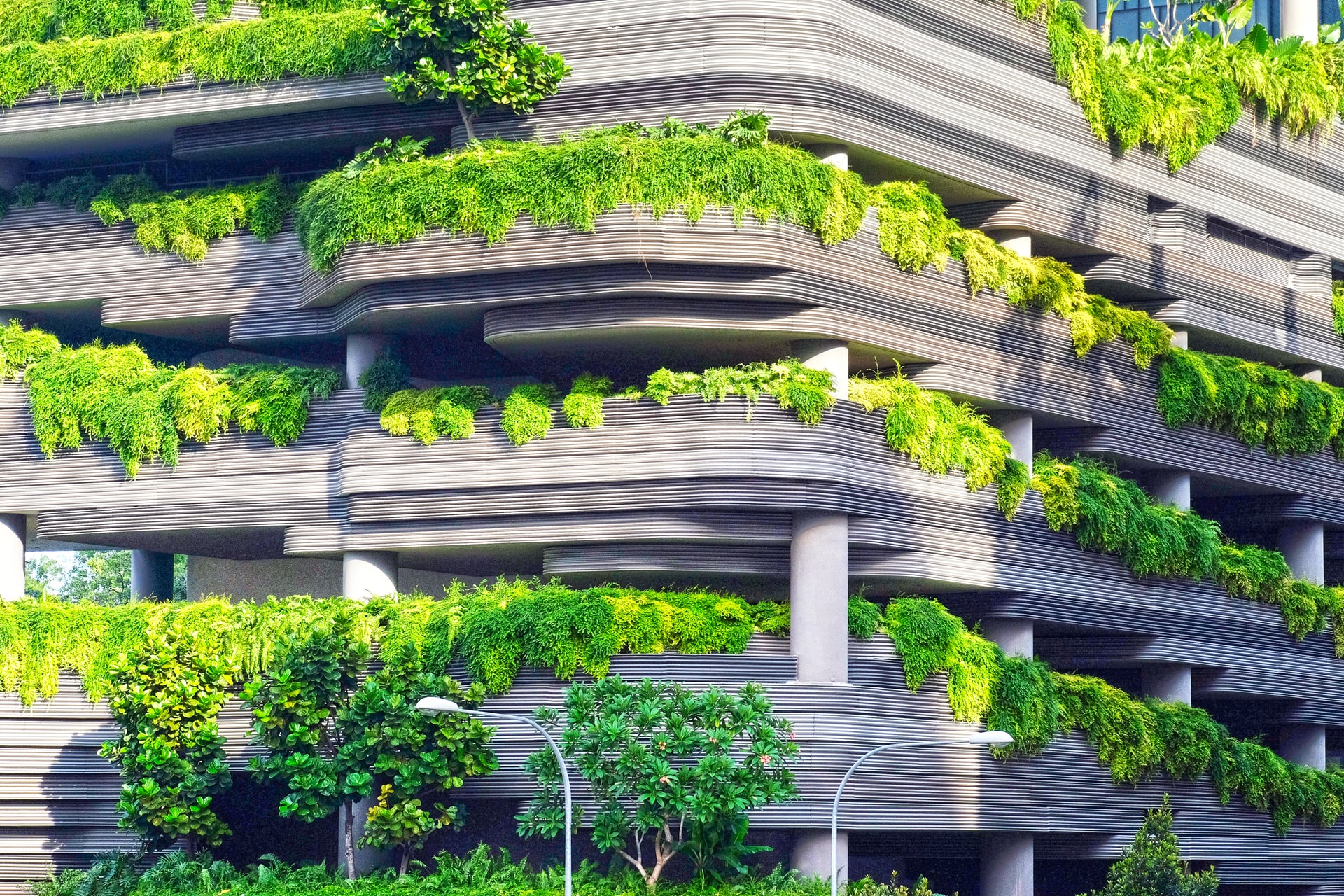On any list of green cities, you’ll notice a few usual suspects – Copenhagen, Berlin, Singapore, Vienna, Vancouver, Madrid, Oslo, Stockholm… They all have central elements in common, from green spaces to renewable energy sources. Here are some key lessons.
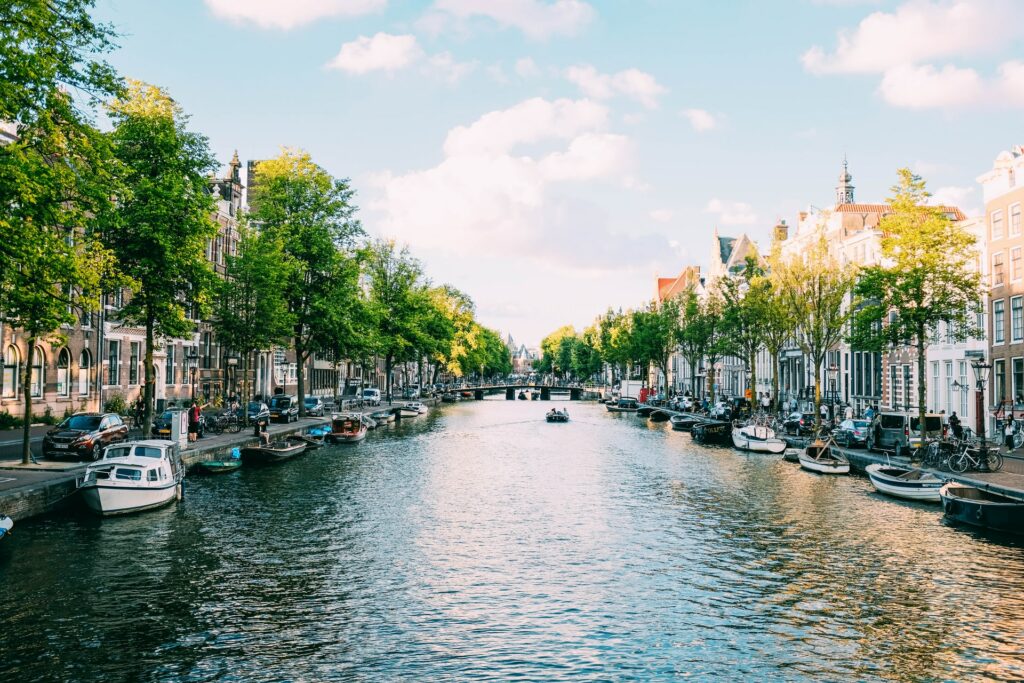
1. Prioritise cycling
One thing many of the greenest cities have in common is that cycling is popular, safe and an easy way to travel.
Copenhagen has extensive cycling lanes – Queen Louise’s Bridge is crossed by thousands of cyclists during rush hour each day. Imagine the difference if those people were all in cars.
Amsterdam, of course, is known for its cyclists, who have right of way on the city streets.
Stockholm has 900km of bicycle lanes and a community rental programme to help visitors travel like the locals.

2. Use renewable energy
On a very basic level, having a functional grid means less generators pumping out dirty fumes. But even better is renewable energy, which improves air quality, as well as cutting a city’s carbon footprint.
The Icelandic capital Reykjavik is one of the world leaders in renewables. Hydropower and geothermal energy fuel the city’s electricity, hot water and heating.
95% of Vancouver’s electricity is from renewables, including hydropower. Stockholm’s city operations are all powered by renewables and by 2040 they aim to be free of all fossil fuels.

3. Keep green spaces
Not only is quality of life improved by having access to green or ‘blue’ open spaces, but pockets of nature are also great ways to improve urban biodiversity and air quality. Relatedly, urban farms are another feature of many eco-friendly cities.
Almost half of Vienna – the most liveable city in the world in 2022, according to the Economist Intelligence Unit – is green space.
Singapore also has masses of green space. Amsterdam has its canals. Vancouver has 250 parks, including Stanley Park with its rainforest and beaches.
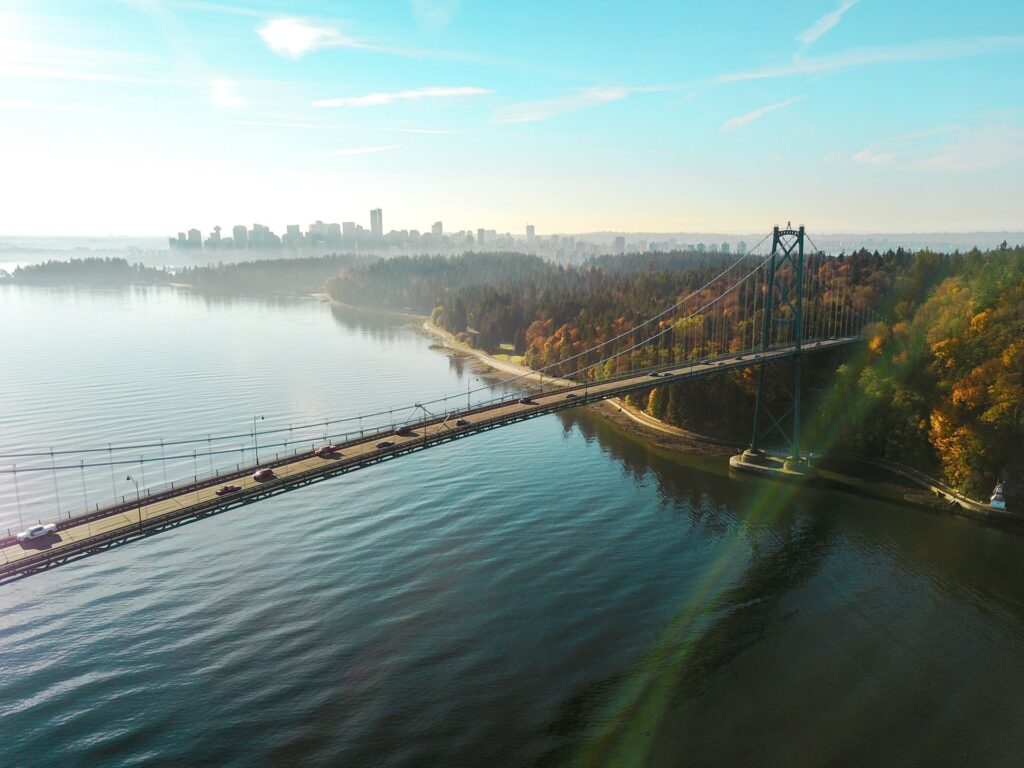
4. Innovate
For cities who aren’t blessed with hectares of space, urban planners have to get smart.
Singapore is a small island, densely packed with skyscrapers and developments. But even so, the city state has proven itself to be one of the physically greenest cities on the planet by making use of every available inch: rooftop gardens, living walls, parks built along old railway tracks, the impressive ‘Supertrees’ in Gardens by the Bay. (Though Singapore has faced criticism about the sustainability of some of its initiatives.)
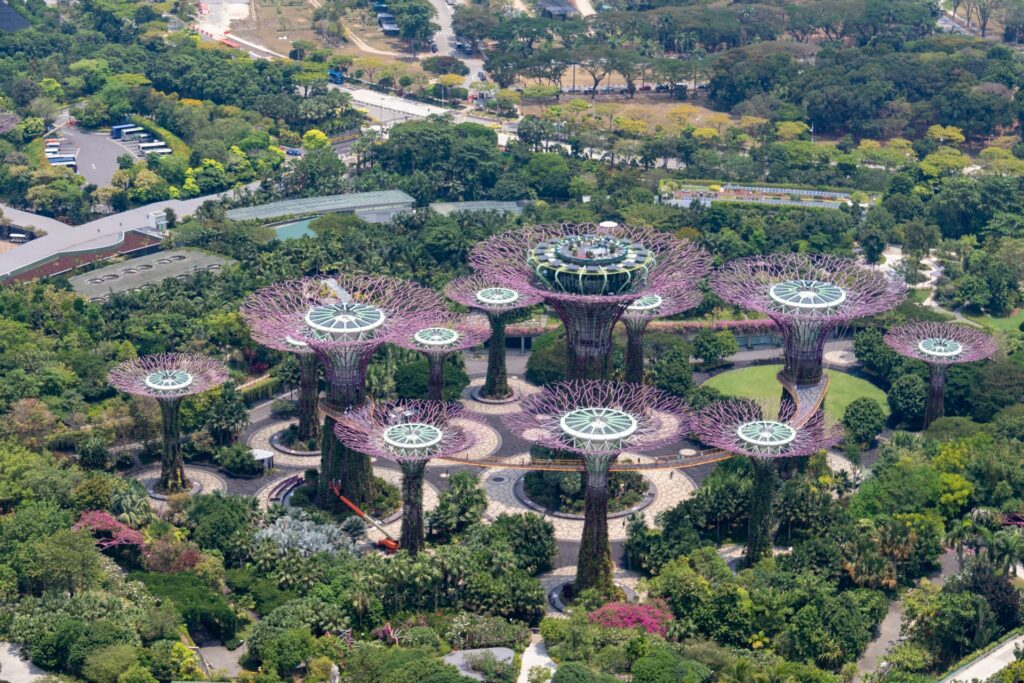
5. Expand public transport
Having a robust, affordable public transport system is essential. This means fewer cars on the road and less emissions, and it’s also better for the commuter experience – no one enjoys being sat in traffic for an hour every morning and evening.
Madrid has an extensive public transport network – its rail system is one of the longest in the world, which is impressive given it’s not that big a city. Berlin’s trains are no more than five minutes apart during peak hours, and Singapore’s public transport is amongst the world’s most cost-effective.

6. Ensure accessibility
In addition to cycling and public transport networks, healthy cities are walkable and accessible. That means having a network of pavements and paths that are wide and smooth enough for pedestrians and people using wheelchairs.
Berlin has a very good walking network and it’s also one of the most accessible cities in the world.
The Norwegian capital Oslo is built on ‘universal design’ principles, which aims for all urban developments to be accessible without the need for modifications.

7. Waste not
A clean, environmentally friendly city must have good infrastructure and processes for reducing waste. That means accessible and functional recycling facilities and a development strategy that focuses on reuse.
Vienna has colour-coded bins on streets and in households for paper, plastic and organic waste; the country has a 96% residential recycling rate. The city has a ban on single-use plastic bags, too. (In 2021, the EU put a ban on the sale of single-use plastic plates, cutlery, straws, balloon sticks and cotton buds, all oxo-degradable plastics, and expanded polystyrene food and beverage containers.)
Stockholm recycles 99% of all solid waste.
Berlin’s state-run repair and reuse centres and food rescue programmes, selling food that would otherwise be thrown away, aim to reduce the city’s waste.
And Amsterdam intends to have a fully circular economy – where nothing goes to waste – by 2050.
What’s the smartest urban innovation you’ve heard about? Tell us in the comments below.
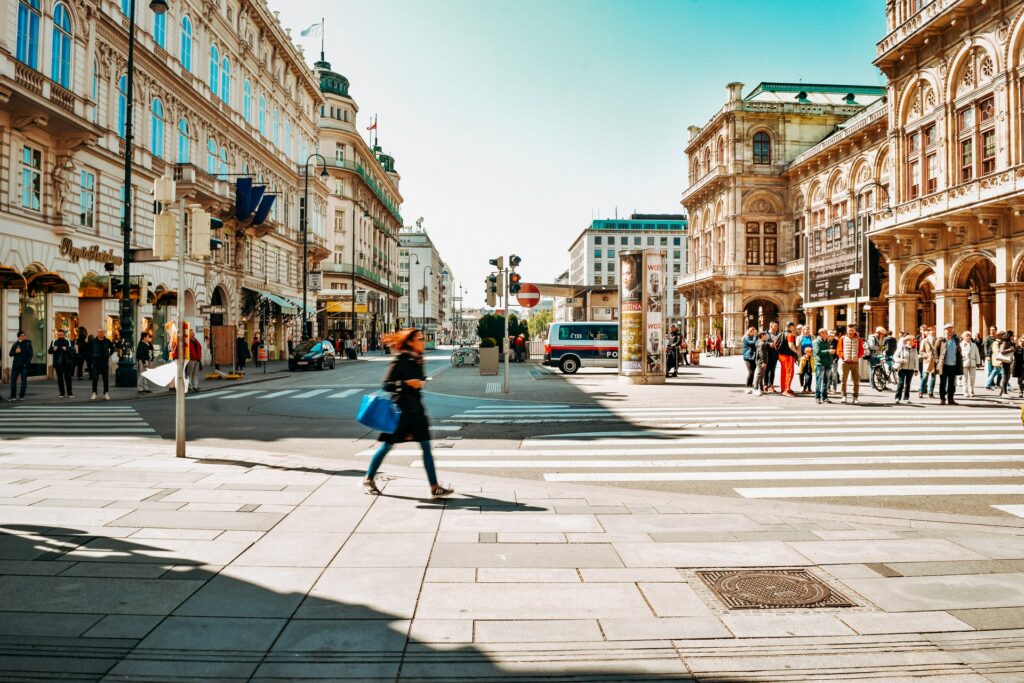
Sources
Bloomberg, Berlin Now Has a City-Run Recycling Department Store
City of Stockholm, The Eco-smart City
Expatica, Garbage collection and recycling in Austria
Gardens by the Bay, Supertree Grove
National Parks Singapore, Singapore, a City in Nature
Urban Asia Blog, Is Singapore Truly Sustainable?: Greenwashing in the ‘City in a Garden
Visit Berlin, 11 sustainable places in Berlin
Visit Copenhagen, What makes Copenhagen the world’s most bicycle friendly city?
Visit Stockholm, Stockholm – leading the way in sustainability

